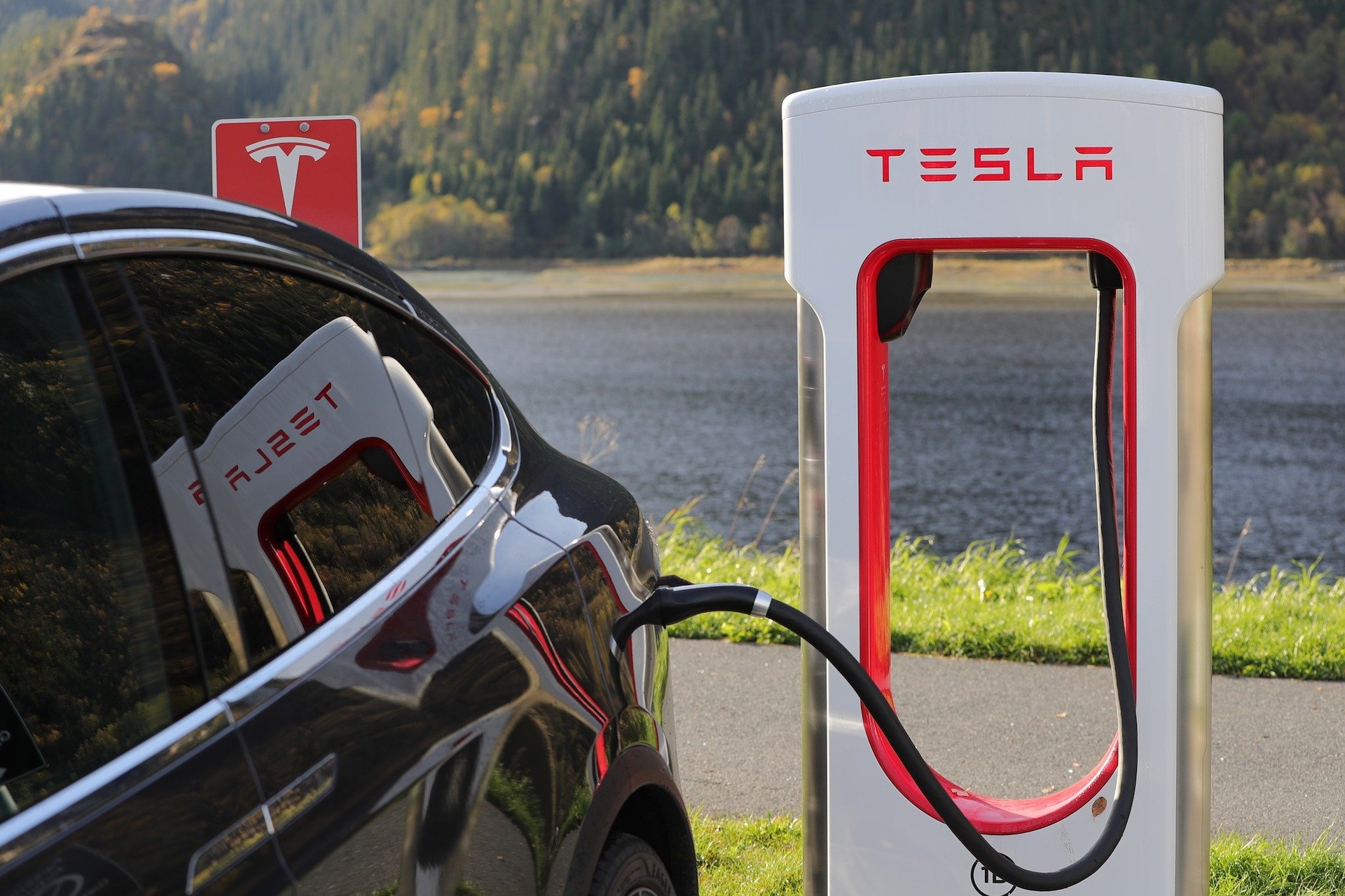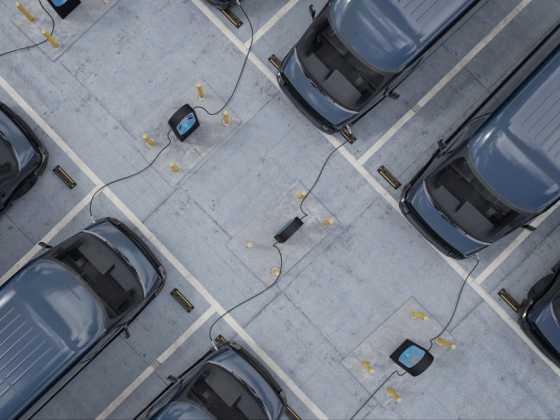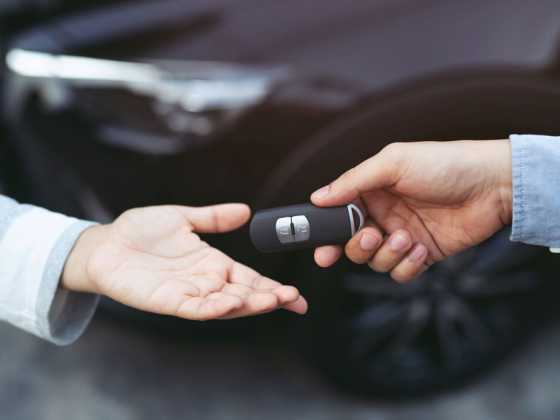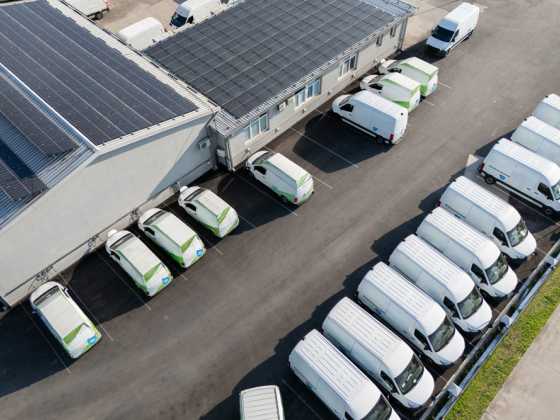A picture of the UK’s public EV charging network

EV mapping service Zap-Map explores the key trends and issues within the UK’s electric vehicle public charging network, plus what needs to happen to make it suitable for the mass adoption of EVs
Over the past few years, the UK has enjoyed a dramatic increase in the number of electric vehicle (EV) charging points. It’s a shift that Zap-Map, the UK’s leading EV mapping service, has monitored closely – and continues to track on a daily basis. What’s more, the increase shows no sign of letting up. At the time of writing, an impressive 858 new EV charging devices had been added to the Zap-Map database over the last 30 days.
Although home charging is a crucial part of ownership for most EV drivers, charging on the public network – both en route and at destinations – is becoming increasingly important. This article explores key trends and issues within the UK’s public charging network, plus what needs to happen to make it suitable for the mass adoption of EVs.
The UK public charging network
There are over 40 charging networks currently in operation across the UK. Some are regional, others nationwide, and some are international players like Tesla or Ionity. Some focus on one type of charging. Others offer a combination of slow, fast and rapid charging options. As such, while many drivers charge their car at home or work, the public network provides invaluable charging support, with both high-powered en route chargers and slower destination chargers enabling longer journeys.
In terms of geographic distribution, there are over 6,800 charging devices in Greater London, almost 3,000 in the South-East and nearly 2,300 in Scotland. Regions with the fewest devices are Wales, the North-East and Northern Ireland.
And the public network is growing. Between 2018 and 2020, the total number of public charging devices almost doubled – from around 11,000 to over 20,000. This growth is primarily being driven by private sector investment. Take Gridserve’s first ultra-rapid EV charging hub in Essex, for example, or InstaVolt’s largest EV charging hub in Banbury. Shell is also rolling out these ultra-rapid chargers – and will soon open an EV-only forecourt with as many as 10 150kW chargers.
Increased rollout of these ultra-rapid chargers is part of a wider trend over the past 12 months. There are now 838 ultra-rapid charging devices across the country, up from 476 at the end of 2019. Although not all EVs can currently use these 150kW chargers, people are using them. In 2020, 16% of EV drivers used ultra-rapid chargers, up from 3% the year before, according to a recent Zap-Map survey. These new chargers reduce the time it takes to charge your car en route – adding roughly 100 miles of charge in around 15 minutes.
The public network is also growing thanks to investment from local authorities. In 2020, Transport for London added 300 new rapid charge points across the city. Last month, Warwickshire County Council announced installation of over 100 on-street chargers. Growth in this area looks set to continue. Local authorities recently received a £20 million funding boost to double the number of on-street charge points. The government’s 2020 Rapid Charging Fund is supporting provision of high-powered charging options, with the aim of filling any gaps not commercially viable for the private sector.
Usage of the public network
Despite the pandemic’s impact on driving patterns in 2020, the public charging network proved popular with EV drivers: 90 per cent of them used the public charging network, according to a Zap-Map survey. Thirty-nine per cent used the public network at least once a week.
And yet the way EV drivers use the public network is also changing. Although drivers still depend primarily on charging at home, on-street provision and local charging options will become increasingly important for the 40 per cent of households without access to off-street parking.
Another change is the increase in rapid chargers at places with facilities for EV drivers while they charge, such as hotels, fast-food retailers and supermarkets. Motorway service stations have previously been the most popular public charging location – and remain important for en route charging. However, the increase in rapid destination charging options is significant: for the first time, 48 per cent said they charged at supermarkets in 2020.
Market share
Of the UK’s 40+ charging networks, many are small scale. Together, the five largest networks – by number of public charging devices – enjoy just over 50 per cent of market share. ubitricity, with 14.4 per ecnt market share, operates the most public charging devices in the UK – mostly installed in lamp-posts and bollards in urban areas. In contrast, bp pulse, with 11.7 per cent, tends to provide high-powered chargers en route. But for the most part, EV drivers can pick and choose between networks. And consumer choice encourages competition.
“The EV charging sector is growing fast and charge point operators are experiencing fierce competition,” says Dr Ben Lane, CTO and Co-founder of Zap-Map. “Drivers are quick to pick up which networks offer the best quality of service, and will actively seek out their preferred networks.”
Such competition likely accounts for a number of recent partnerships as networks seek to differentiate themselves. ENGIE is to deliver 1,000 50kW rapid chargers to Premier Inn hotels around the UK, the biggest roll-out of high-power EV chargers in the hospitality sector. Pod Point has established itself as the dominant network in the supermarket space. Instavolt recently partnered with both KFC and McDonald’s to install rapid chargers at fast-food outlets up and down the country.
However varied or bespoke these partnerships, their success will ultimately be underpinned by one thing: quality of service. “A robust and reliable charging network has never been more important,” says Lane. “As the number of EVs continues its upward march, it’s vital that drivers are offered the simplest and smoothest experience possible.”
What issues exist within the public network?
Charging networks such as Tesla, Instavolt and Osprey have received praise from Zap-Map users for charging networks that are modern, reliable and simple to use. The same is true of other operators. However, Zap-Map’s 2020 network satisfaction survey highlighted two key issues within the UK’s public charging network.
Charging networks that attracted the most complaints did so because of issues around reliability – poorly maintained or out-of-service chargers, for instance – and overall access experience – such as difficult apps, unusual charging methods or patchy customer service. Payment in particular can be an issue, with device screens or network apps not functioning properly. This has led to the emergence of cross-network payment solutions such as Zap-Pay, which are much simpler to use.
The results also revealed that a third of disabled people surveyed had difficulties locating a charger that met their needs. One in seven noted challenges with the weight of charging cables. Some experienced difficulties with the force required to attach the connector, or the lack of dropped kerbs around charge points.
A public network suitable for mass EV adoption
The UK isn’t alone in witnessing the start of an EV revolution. Millions will soon appear on our roads. And a recent Zap-Map poll found that less than one per cent of EV drivers want to return to petrol or diesel. New public charging infrastructure to serve these EVs is growing rapidly. The growth of on-street and ultra-rapid chargers is testament to this – and will provide a useful mix of charging options en route and at destinations. The £20 million funding boost will come as a welcome fillip for local authorities.
These are encouraging indicators that the UK is on the right track for mass EV adoption. However, to do this well, charging networks will need to ensure charging devices are reliable and accessible. If you can’t be sure a charging point will be operational, planning a journey becomes much more complicated.
“Reliability and ease of use are key priorities for EV drivers,” says Lane. “A new generation of drivers want to arrive at a charge point and know it will be a simple, trouble-free experience. As the EV market moves from early adopters to the mass market, drivers just want to be able to charge without any fuss.”
Another key consideration is the provision of charging options across all regions of the UK. EV drivers charging in Northern Ireland, for example, are currently poorly served. For the EV revolution to be truly successful, we can’t afford to leave anyone behind.
Zap-Map is the UK’s leading EV mapping service. Zap-Map’s iOS, Android and desktop apps allow users to search for charge points, plan longer electric journeys, share updates and pay on participating networks.






